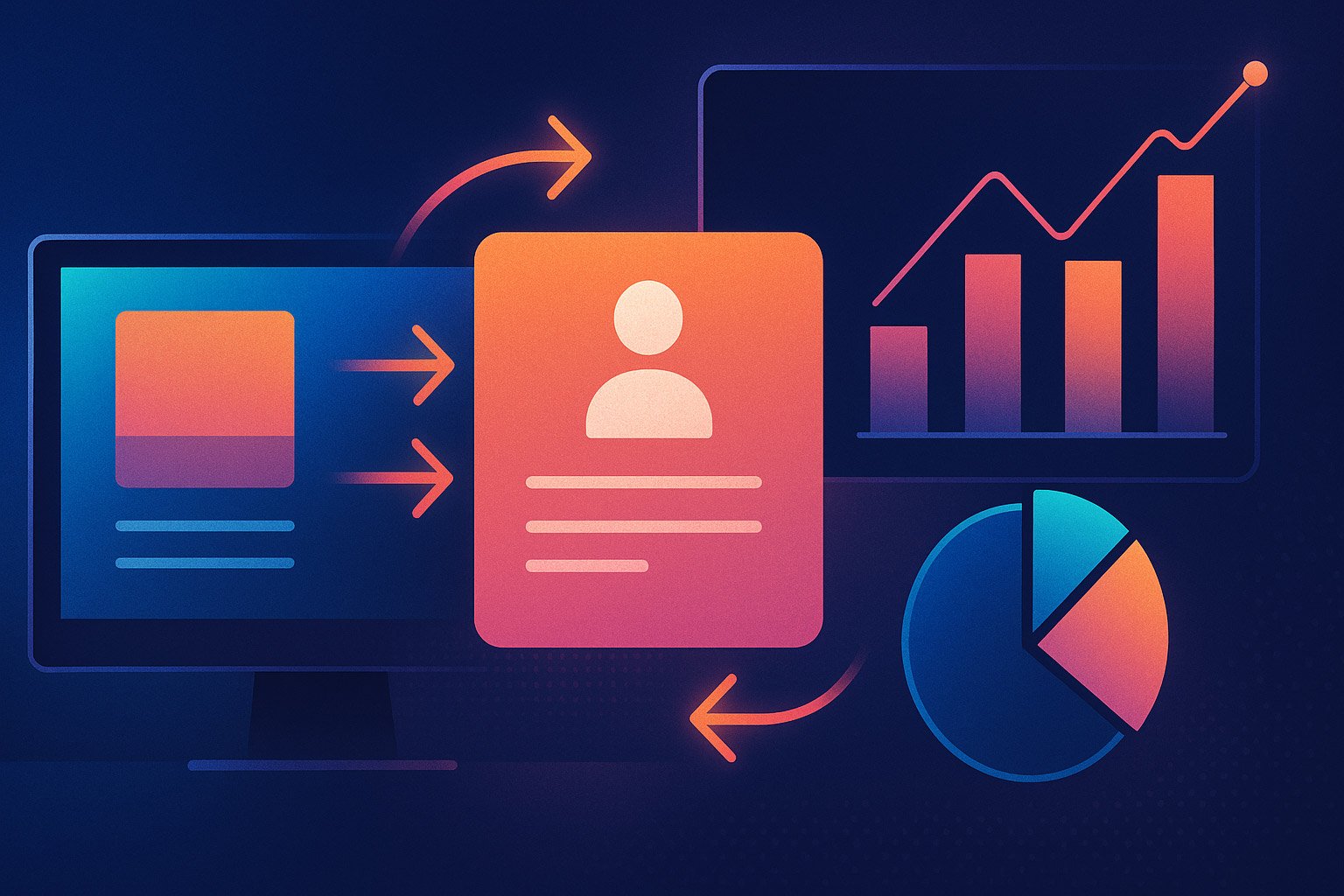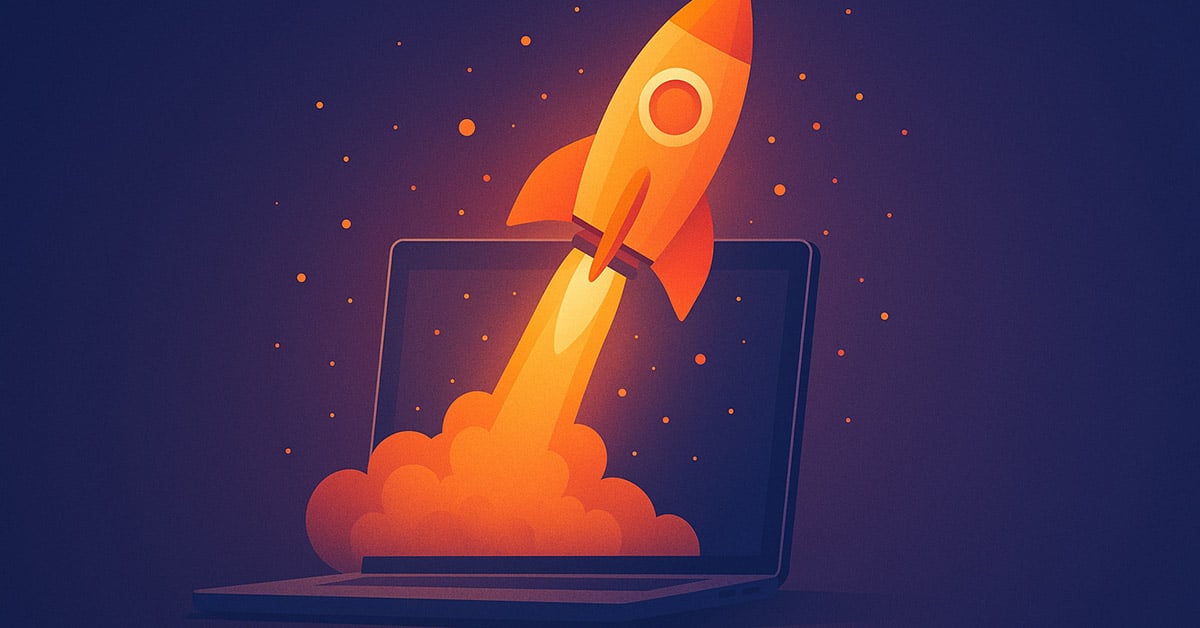
AI vs. Human Creativity: Who’s Really Winning in 2025?

The showdown between artificial intelligence and human creativity has been the plot of countless sci-fi films and late-night Twitter debates. Now that we’re in 2025, the question feels more urgent (and a tad less sci-fi). AI can compose music, write articles, and even conjure up visual art at the click of a button. Human creators, meanwhile, continue to awe us with emotional stories, innovative designs, and original ideas. So, who’s really winning the creative championship in 2025—silicon or soul? Grab some popcorn (or maybe a smart popcorn dispenser designed by AI) as we dive in.
At ID Digital Agency, where our team blends tech and imagination daily, we have a front-row seat to this “AI vs. human” talent show. And spoiler: the real plot twist is that this isn’t a zero-sum game at all. Let’s explore how AI and human creativity stack up, where each shines, and why the ultimate power move is getting them to work together.
AI’s Creative Hot Streak (And Its Limits)
AI has come a long way from the days of clunky chatbots and glitchy robot paintings. In 2025, creative AI tools are everywhere. Marketing teams use AI to draft copy, generate product names, and even design logos. Platforms like DALL-E and Midjourney can produce stunning visuals from a simple text prompt. And yes, last year an AI-generated piece of art did win a local art competition (causing human artists everywhere to either drop their jaws or roll their eyes).
The appeal is obvious: AI can crank out content at 3 AM, never needs coffee, and won’t charge overtime. It excels at analyzing patterns and spitting out variations. Need 50 tagline options by tomorrow? An AI writer can give you 500 by lunch. Not sure which color scheme will pop? An algorithm can test thousands of combinations in seconds. By the numbers, a whopping 88% of marketers are now using AI in some form in their day-to-day roles, and content teams report significant boosts in productivity from AI assistance. In short, AI is the speedy Gonzales of content creation – efficient, tireless, and lightning-fast.
But (and this is a big but) speed and volume aren’t everything. What about originality and emotional depth? Here’s where our silicon friend hits a ceiling. AI creates by remixing what it’s been trained on – it’s a master of pattern recognition without actually feeling anything. It can mimic a style, but it doesn’t truly invent a new artistic movement out of nowhere or tap into lived human experience. As one recent tech article summed up: “AI excels in efficiency and pattern recognition but lacks the emotional depth and contextual understanding that humans bring.” That’s a diplomatic way of saying: AI can be an amazing tool, but it’s not exactly Van Gogh or Spielberg. At least, not yet.
We see this in practice all the time. An AI writing assistant might generate a technically perfect paragraph, yet a human reader can often sniff out that robotic aftertaste – a certain formulaic quality or lack of genuine voice. AI art can look eerily real, yet it sometimes misses the storytelling element that makes an image stick in your heart. As witty as GPT-4 can be, it doesn’t truly understand humor – it’s just really good at predicting which words usually go with which (don’t worry, we’ve told it that imitation is the sincerest form of flattery).
And let’s not forget the misfires. In 2024, one AI confidently wrote an obituary for a person very much alive and kicking. Another produced a painting of “a cat” that had…well, too many limbs (nightmare fuel, anyone?). These glitches show that AI, for all its brainy computational power, doesn’t comprehend the world the way we do. It doesn’t know why a story is meaningful or why a joke is funny. It just knows that statistically, this word should follow that one. When it’s wrong, it can be hilariously or alarmingly wrong.
Human Creativity’s Unique Edge
Now let’s talk about the home team: us humans. We’ve been in the creativity game for millennia and have a few championships under our belt. Human creativity comes with a few superpowers that machines simply can’t match (at least for now):
-
Emotional Intelligence and Empathy: Humans create from feelings, experiences, and empathy. We write songs about heartbreak that make listeners cry because we know what heartbreak feels like. We design campaigns that inspire action because we understand the hopes and fears of our audience. AI doesn’t feel joy or sorrow – it analyzes data. That limits its ability to produce work that truly moves people. A novel written by AI might have impeccable grammar, but can it make you fall in love with a character? Humans 1, Robots 0 on that front.
-
Originality and Imagination: Human creators can leap into the truly unknown. We invent completely new art styles, from Cubism to Conceptual Art, often by breaking rules and taking wild intuitive leaps. AI is great at recombination – mashing up existing ideas in novel ways – but it struggles with the kind of originality that comes from a eureka moment or a dream. When a fashion designer decides to make a dress inspired by, say, sorrow or the feeling of sunrise, that’s not coming from a dataset – that’s pure human imaginative alchemy.
-
Context and Cultural Understanding: Humans understand context. We get nuanced cultural references, irony, subtext, and historical background. We know why a meme about a Bernie Sanders mitten photo is funny in context, or how a subtle design tweak might be perceived as edgy versus offensive. AI often trips on context – it takes things literally and doesn’t have the shared cultural experience to always “get the joke.” (Ever seen an AI try to slang? It’s endearingly awkward.)
In our work with clients, this human touch is often the difference between good and wow. For instance, when crafting a brand story, our team might draw on a client’s personal journey or an anecdote that gives the narrative soul. An AI could draft a neat press release, but it wouldn’t know to include that quirky story about how the founder started the company from their grandmother’s kitchen – the kind of detail that gives content heartbeat.
It’s no surprise, then, that many companies still prioritize human-led creative strategy. In fact, a recent report on AI in marketing noted, “AI will not replace writers and designers anytime soon — especially not in 2025. People add value to the creative process...”. We couldn’t agree more. The best outcomes we’ve seen come when human creativity leads, and AI assists (not the other way around).
Why the Future Belongs to Team Human+AI
Here’s the plot twist: framing this as AI vs. Human is fun (we all love a good rivalry), but the real magic happens when it’s AI plus Human. 2025’s smartest creators are treating AI as a teammate, not a rival. Think of it like a dynamic duo – Batman and Robin, but in this case Batman is the human (with the complex depth and judgement) and Robin is the AI sidekick (with the agility and knack for data).
In our agency’s experience, the projects that truly soar are those that use AI to augment human creativity, not replace it. For example, our content team might use an AI tool to generate 10 variations of a headline in seconds – that’s a huge time saver. But the final headline that gets published is chosen (and often tweaked) by a human who understands the audience tone and emotional impact we’re after. AI gave us volume and a springboard for ideas; the human made the nuanced judgment call.
We see this synergy in design as well. An AI can instantly create dozens of logo mockups; a human designer evaluates them and combines the best elements into a logo that has that special something (and ensures it doesn’t accidentally resemble, say, an unfortunate shape or symbol in a particular culture – something an AI wouldn’t catch). According to Adobe’s Jon Brandt, this kind of human-AI collaboration is exactly where creativity is headed: “AI will enhance people, expanding the scope of creative expression. It’s powerful now, but when artists take over, it will be truly amazing.” In other words, let the AI do the heavy lifting on grunt work and pattern crunching, which frees up humans to focus on ideation, emotion, and strategy – the areas where we excel.
Even in fields like architecture and film, we hear similar stories. Architects use AI to rapidly prototype building models, then add creative flair to the one that “feels right.” Filmmakers use AI for editing drafts or VFX pre-visualization, then rely on human editors to give it rhythm and soul. It’s a bit like having a junior creative assistant who can work at superhuman speed – you’d be crazy not to take advantage of that, as long as you (the senior creative director) maintain the final say to ensure the work resonates with other humans.
From a business perspective, this hybrid approach is also the big winner. It leads to better results and faster turnaround. Studies have found that teams using AI to support their creative process can drastically cut production timelines and often see improved performance metrics. For instance, one stat showed AI-assisted content had a 36% higher conversion rate on landing pages (when paired with human optimization). It’s truly a team effort delivering these wins. And when you’re on a deadline or a tight budget, having your human creatives work hand-in-hand with AI can be a game changer.
Conclusion: Creativity in 2025 Is a Team Sport
So, who’s “winning” in 2025: AI or human creativity? The cheeky answer is both, but only when they play on the same team. AI has proven it can do the grunt work, spark ideas, and even dazzle us in short bursts. Humans remain the reigning champs of deep, meaningful creativity and big-picture thinking. When we combine forces, we get the best of both worlds – the efficiency of AI and the ingenuity of humans.
In practical terms, if you’re a business or brand aiming to conquer the creative hurdles of the digital age, you don’t want to bet on one horse. The smart strategy is to let AI handle what it’s great at (volume, speed, data-driven suggestions) and let your human talent focus on what they do best (strategy, emotion, originality). The companies doing this are leaping ahead of competitors. Those sticking to a purist “all-human” or “all-AI” approach? They’re finding themselves either overwhelmed by workloads or underwhelmed by bland outputs.
At ID Digital Agency, we’ve fully embraced this Human+AI approach. It’s built into our DNA (okay, and into our algorithms). Our creative team uses advanced AI tools alongside their own expertise every day. The result? Our clients get innovative campaigns and content that hit that sweet spot: intelligently produced and deeply engaging. If you’re curious about how this might look for your projects, or you’re wondering how to inject some AI-powered rocket fuel into your marketing engine while keeping it soulful, we’re here to chat.
Lead Generation CTA: In the end, the real winner of the AI vs. human creativity bout will be the businesses and brands that leverage both to their fullest. Are you ready to be one of them? If you want to elevate your creative output, supercharge your marketing, and stay ahead in this new era, our team at ID Digital Agency is ready to help. We blend cutting-edge AI tools with human brilliance every day to create work that’s both data-smart and human-hearted. Reach out to start a conversation about your next creative project – or better yet, let’s Start Now and build something extraordinary together.


